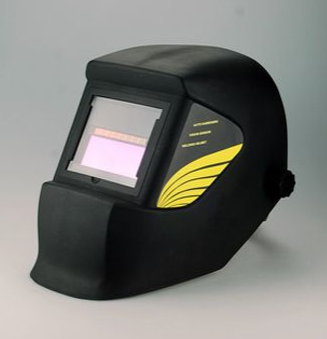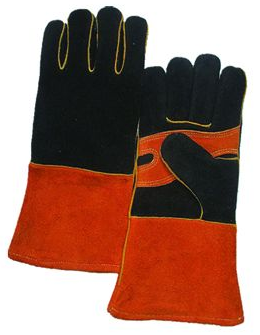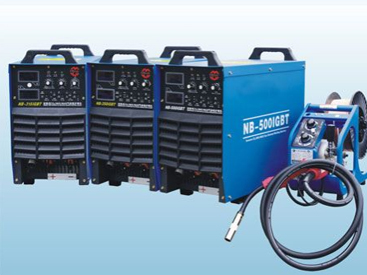MIG welding, also known as Gas Metal Arc Welding (GMAW), is a popular welding process used to join metals. It is a versatile process that can be used to weld a variety of metals, including mild steel, stainless steel, and aluminum. In this article, we will focus on the basics of MIG welding for mild steel.
MIG Welding Equipment
To get started with MIG welding, you will need the following equipment:

MIG Gun

Auto Darkening Welding Helmet

Welding Gloves
Preparing the Workpiece
Before you begin welding, you need to prepare the workpiece. This involves cleaning the surface of the metal to remove any dirt, rust, or other contaminants that could affect the quality of the weld. You can use a wire brush or a grinder to clean the surface of the metal.
Next, you need to clamp the workpiece securely to a welding table or other stable surface. This will prevent the workpiece from moving during the welding process.
Setting Up the MIG Welder
Once the workpiece is prepared, you need to set up the MIG welder. This involves selecting the appropriate settings for the welding process. The settings will vary depending on the thickness of the metal and the type of electrode wire you are using.
To set up the MIG welder, follow these steps:
Select the appropriate electrode wire for the thickness of the metal you are welding. For mild steel, a .030 or .035 diameter wire is commonly used.
Set the wire feed speed on the MIG welder. This will control the rate at which the electrode wire is fed through the welding gun. The wire feed speed will vary depending on the thickness of the metal and the type of electrode wire you are using.
Set the voltage on the MIG welder. This will control the heat of the arc. The voltage will vary depending on the thickness of the metal and the type of electrode wire you are using.
Set the gas flow rate on the MIG welder. This will control the amount of shielding gas that is delivered to the weld. For mild steel, a flow rate of 20-25 cubic feet per hour is commonly used.

MIG Welding Machine
MIG Welding Technique
Once the MIG welder is set up, you are ready to begin welding. To weld mild steel using the MIG welding process, follow these steps:
Hold the welding gun at a 90-degree angle to the workpiece. This will ensure that the electrode wire is perpendicular to the workpiece.
Position the welding gun so that the electrode wire is about 1/4 inch away from the workpiece.
Pull the trigger on the welding gun to start the arc. Move the welding gun in a circular motion to create a puddle of molten metal.
Move the welding gun along the joint, keeping the electrode wire about 1/4 inch away from the workpiece. The size of the puddle will vary depending on the thickness of the metal and the type of electrode wire you are using.
Continue welding along the joint until you reach the end. Be sure to maintain a consistent speed and distance from the workpiece to ensure a uniform weld.
Once you have completed the weld, release the trigger on the welding gun to stop the arc.
Allow the weld to cool before removing the clamps and inspecting the weld.
Tips for MIG Welding Mild Steel
Here are some tips to help you get the best results when MIG welding mild steel:
Clean the surface of the metal thoroughly before welding to ensure a strong, clean weld.
Use the appropriate electrode wire for the thickness of the metal you are welding.
Use the appropriate gas mixture for the type of metal you are welding. For mild steel, a mixture of 75% Argon and 25% CO2 is commonly used.
Maintain a consistent speed and distance from the workpiece to ensure a uniform weld.
Use a welding table or other stable surface to clamp the workpiece securely in place.
Wear protective gear, including a welding helmet and gloves, to protect yourself from the heat and sparks generated by the welding process.
In conclusion, MIG welding is a versatile process that can be used to weld a variety of metals, including mild steel. By following these basic steps and tips, you can achieve a strong, clean weld that will hold up to the demands of your project. Remember to always follow the manufacturer’s instructions for your MIG welder and to wear appropriate protective gear when welding.









